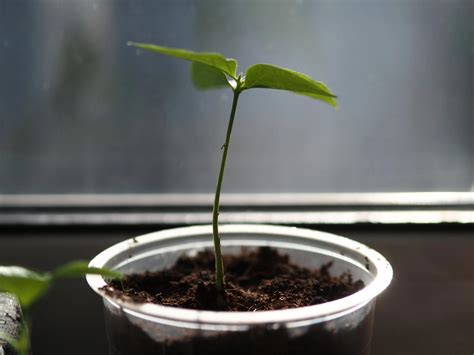Persimmon Seed Germination: A Labor of Love
Persimmons, with their vibrant hues and sweet, almost custard-like flesh, are a delightful autumnal treat. But have you ever considered nurturing the life within those tiny, almost-invisible seeds? Germinating persimmon seeds is a rewarding, albeit challenging, project that offers a unique connection to nature's cycles. This isn't a quick process, but the satisfaction of watching a tiny seedling emerge is unparalleled. This guide explores the intricacies of persimmon seed germination, addressing common questions and offering practical advice for success.
What are the best types of persimmons for germination?
The success of persimmon seed germination can depend on the variety. While all persimmons have seeds, some are more readily germinable than others. Generally, seeds from American persimmons ( Diospyros virginiana) have a higher germination rate than those from Asian varieties (like Fuyu or Hachiya). This is partly due to differences in seed dormancy requirements. However, with patience and the right techniques, germination is possible with most varieties. Experimentation is key!
How long does it take for persimmon seeds to germinate?
Patience is paramount. Persimmon seed germination is not a rapid process. Expect a period of several weeks, even months, before you see any signs of sprouting. The length of time can be influenced by several factors including seed freshness, stratification techniques (discussed below), and environmental conditions. Don't be discouraged if you don't see results immediately; consistent care is crucial.
How do I prepare persimmon seeds for germination?
The preparation of persimmon seeds is a critical step for successful germination. Their hard outer shell needs to be carefully addressed to allow water and oxygen to penetrate. Here's a step-by-step guide:
-
Seed Extraction: Carefully remove the seeds from ripe persimmons. Rinse them thoroughly to remove any remaining fruit pulp.
-
Seed Scarification (Optional but Recommended): The hard seed coat can inhibit germination. You can aid germination through scarification. This involves gently nicking the seed coat with a sharp knife or sandpaper, being careful not to damage the embryo inside. Soaking the seeds in warm water for 24 hours before scarification can also help soften the coat.
-
Stratification: Persimmon seeds require a period of cold stratification to mimic the natural winter conditions they would experience. This process breaks dormancy and promotes germination. Place the seeds in a damp paper towel or vermiculite inside a sealed plastic bag and refrigerate them at around 35-40°F (2-4°C) for 60-90 days. This period can vary slightly depending on the variety.
What is the best germination medium for persimmon seeds?
A well-draining seed-starting mix is ideal. Avoid using soil directly from your garden, as this may contain diseases or pests. A combination of peat moss, vermiculite, and perlite is a good choice.
What are the ideal conditions for persimmon seed germination?
Once the stratification period is complete, sow the seeds in small pots or seed trays filled with your chosen germination medium. Maintain consistently moist (but not waterlogged) conditions. Place the pots in a warm, bright location, but avoid direct sunlight, especially during the initial stages of growth. Consistent warmth (around 70-75°F or 21-24°C) will aid germination.
How do I care for persimmon seedlings?
Once seedlings emerge, continue to keep the soil consistently moist and protect them from strong winds and direct sunlight. As they grow larger, they may require repotting into larger containers. Remember that persimmon trees can grow quite large, so plan accordingly for their eventual placement. You can plant them outdoors once they are larger, in a location that receives plenty of sunshine and has well-drained soil.
Can I germinate persimmon seeds without stratification?
While it's possible to attempt germination without stratification, the success rate will be significantly lower. Stratification mimics the natural cold period the seeds require to break dormancy, making germination much more likely.
What are some common problems encountered during persimmon seed germination?
Common problems include fungal growth due to overly wet conditions and damping off, a fungal disease that can kill young seedlings. Good sanitation, well-draining medium, and adequate airflow can help prevent these issues.
Germinating persimmon seeds is a journey that requires patience and attention to detail. However, the reward of nurturing these tiny seeds into healthy seedlings, which may one day bear their own delicious fruit, makes it a truly worthwhile endeavor. Embrace the challenge, and enjoy the process!

